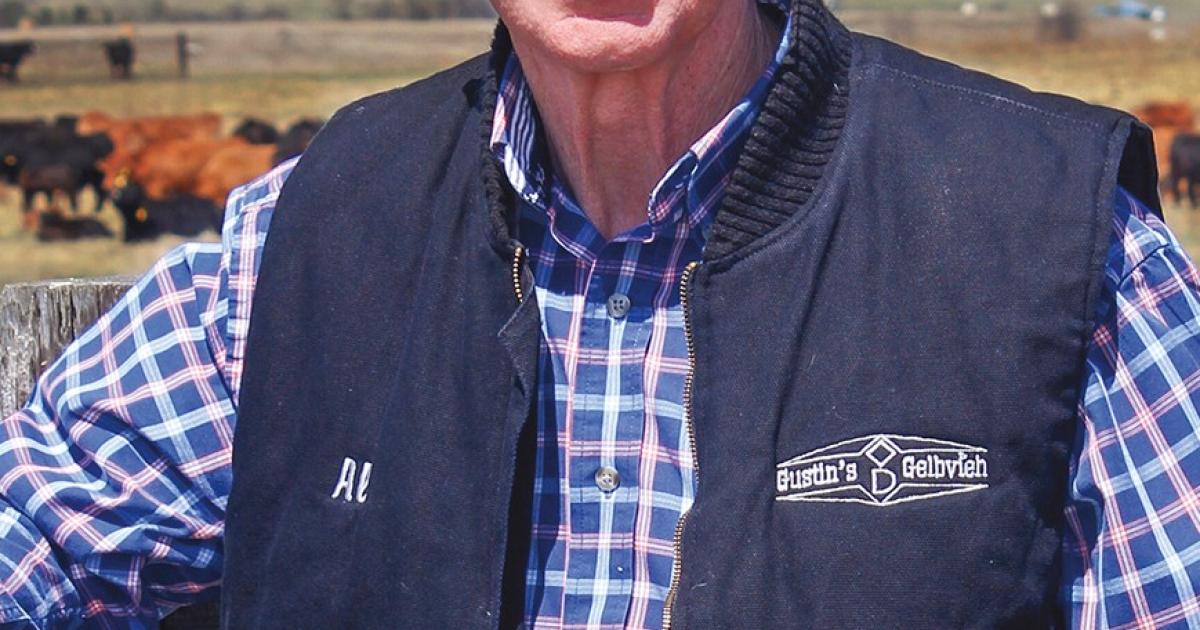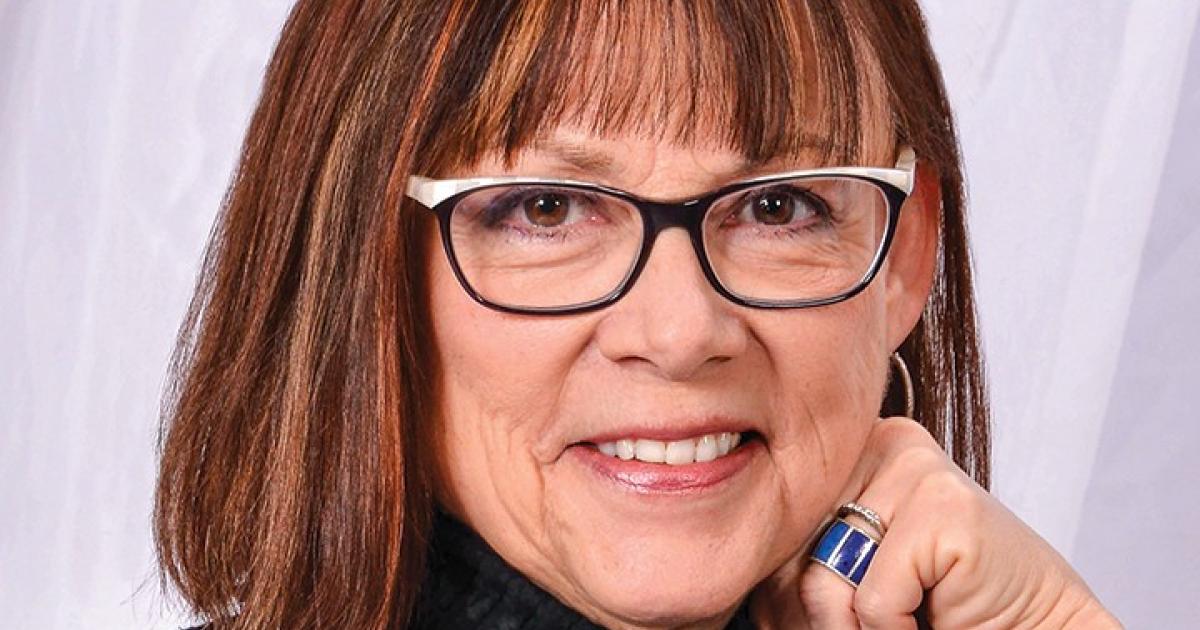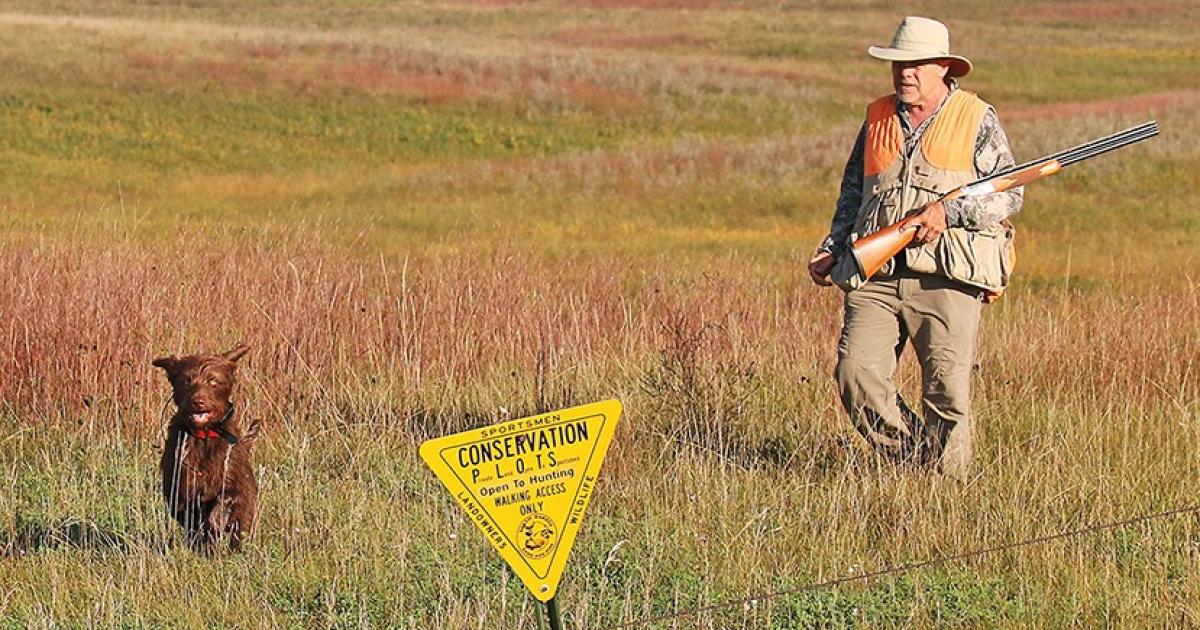I wonder what life was like for my grandfathers, farming in Morton County in the spring of 1913. Historians say that the years 1910-14 were boom years, as rural and urban incomes were roughly equal, or “at parity.” In later decades, returns to farmers would be measured as a percent of full parity, based on that 1910-14 period.
Al Gustin
According to the U.S. Census of Agriculture, land in Morton County was selling for $10 to $25 an acre in 1910. That year, the Morton County wheat crop averaged 15 bushels per acre, and the average wheat price was about $1 a bushel. So, the gross returns from an acre of wheat were almost enough to buy another acre of land.
By 1912, my paternal grandfather, Thomas Gustin, had grown his 1901, 120-acre homestead to 280 acres. Meanwhile, my maternal grandfather, Joseph Renner, had grown his 1896 homestead to 564 acres. Farming was profitable and small towns were growing rapidly.
The “Keiter Directory,” an atlas of sorts, says that in 1912, Grandpa Gustin’s nearest town, Flasher, which was barely 10 years old, had three mercantile companies, two grain elevators and three lumber yards, among many other businesses. Meanwhile, St. Anthony, Grandpa Renner’s nearest town, had fewer than 100 people, but had a blacksmith, a creamery, two general stores and a hotel, which was owned by my grandfather.
The “Keiter Directory” lists flour mills in Glen Ullin, Hebron, New Leipzig and New Salem, and creameries in Carson, Elgin, Judson, Youngstown, Glen Ullin, Hebron and New Salem. Timmer had an elevator, blacksmith and a billiard hall.
The rapid growth was what historian Elwin Robinson would later call the “too much mistake.” The pioneers, he wrote, had equipped their new society with more farms, towns, stores, churches and banks than it could support, which became all too evident during the drought and depression of the 1930s.
But my grandfathers couldn’t foresee that. To them, the spring of 1913 must have been a time of agricultural prosperity, of tremendous optimism about the future, and of gratitude for all the opportunities that existed in their new homeland.
Al Gustin is a retired farm broadcaster, active rancher and a member of Mor-Gran-Sou Electric Cooperative.










